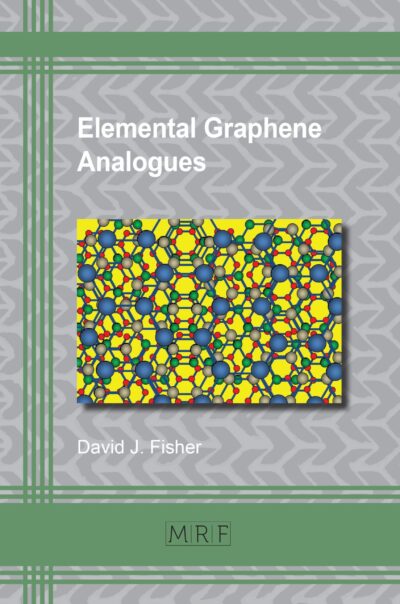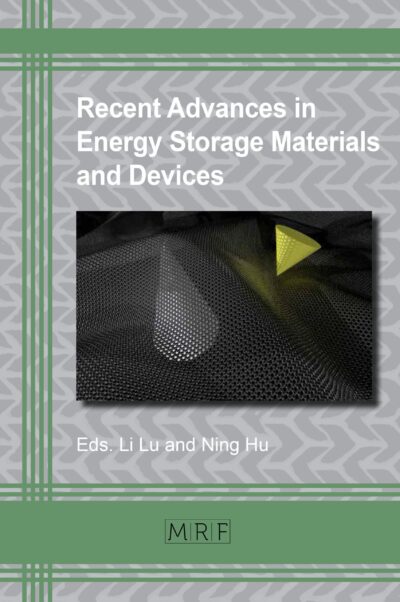Contemporary Dielectric Materials
Ed. R. Saravanan
Materials Research Foundations Volume 7
Publication Date 2017, 156 Pages
Print ISBN 978-1-945291-12-8
ePDF ISBN 978-1-945291-13-5
DOI: 10.21741/9781945291135
This book deals with experimental results of the physical characterization of several important, dielectric materials of great current interest. The experimental tools used for the analysis of these materials include X-ray diffraction, dielectric measurements, magnetic measurements using a vibrating sample magnetometer, optical measurements using a UV-Visible spectrometer etc.
The book focuses on the following topics; PL (photoluminescence, IR (Infra-red), Raman, and X-ray characterization of GaO powders prepared using the chemical method; X-ray, SEM (Scanning Electron Microscopy), VSM (Vibrating Sample Magnetometer), UV-Vis (UltraViolet-Visible) characterization of the multiferroic material Ga2-xFexO3 prepared using the SSR (Solid State Reaction) method; XRD and optical studies on sol-gel prepared samarium and manganese substituted calcium hydroxyapatite; defect studies and positron annihilation studies on ZnO nano particles prepared using the sol-gel and combustion methods; Bonding in La0.9Zn0.1FeO3 multiferroic material prepared using the chemical method; effect of temperature on the magnetic phase transition in Co0.5Zn0.5Fe2O4 prepared using the mechanical alloying method; effect of sintering temperature on the micro structure and optical properties of ZnO ceramics.
Keywords
Materials Science, Dielectric Materials, Nanocrystalline NiO, GaO Powders, Multiferroic Material, ZnO Nanoparticles, ZnO Ceramics
Individual Chapters for Sale
Preface
Chapter 1 Electrical impedance analysis for nano crystalline NiO prepared by combustion method 1
Chapter 2 Synthesis and structural characterization of gallium oxide powders 12
Chapter 3 Structural, optical and magnetic properties of Ga2-xFexO3 21
Chapter 4 Sol-gel synthesis and characterization of samarium and manganese substituted calcium hydroxyapatite, Ca10(PO4)6(OH)2 31
Chapter 5 Intrinsic defects in ZnO nanoparticles synthesized by the sol-gel and combustion techniques 45
Chapter 6 Bonding in La0.9Zn0.1FeO3 multiferroic material 63
Chapter 7 Magnetic phase transition in Co0.5Zn0.5Fe2O4 nanoparticles 79
Chapter 8 Effect of the sintering temperature on the microstructure and optical properties of ZnO ceramics 102
Chapter 9 Structural characterization of beryllium and indium oxide powders 112
Chapter 10 Charge density analysis and magnetic behavior of Li doped NiO nanostructures synthesized by sol-gel process 128
Keywords 145
About the editor 147














